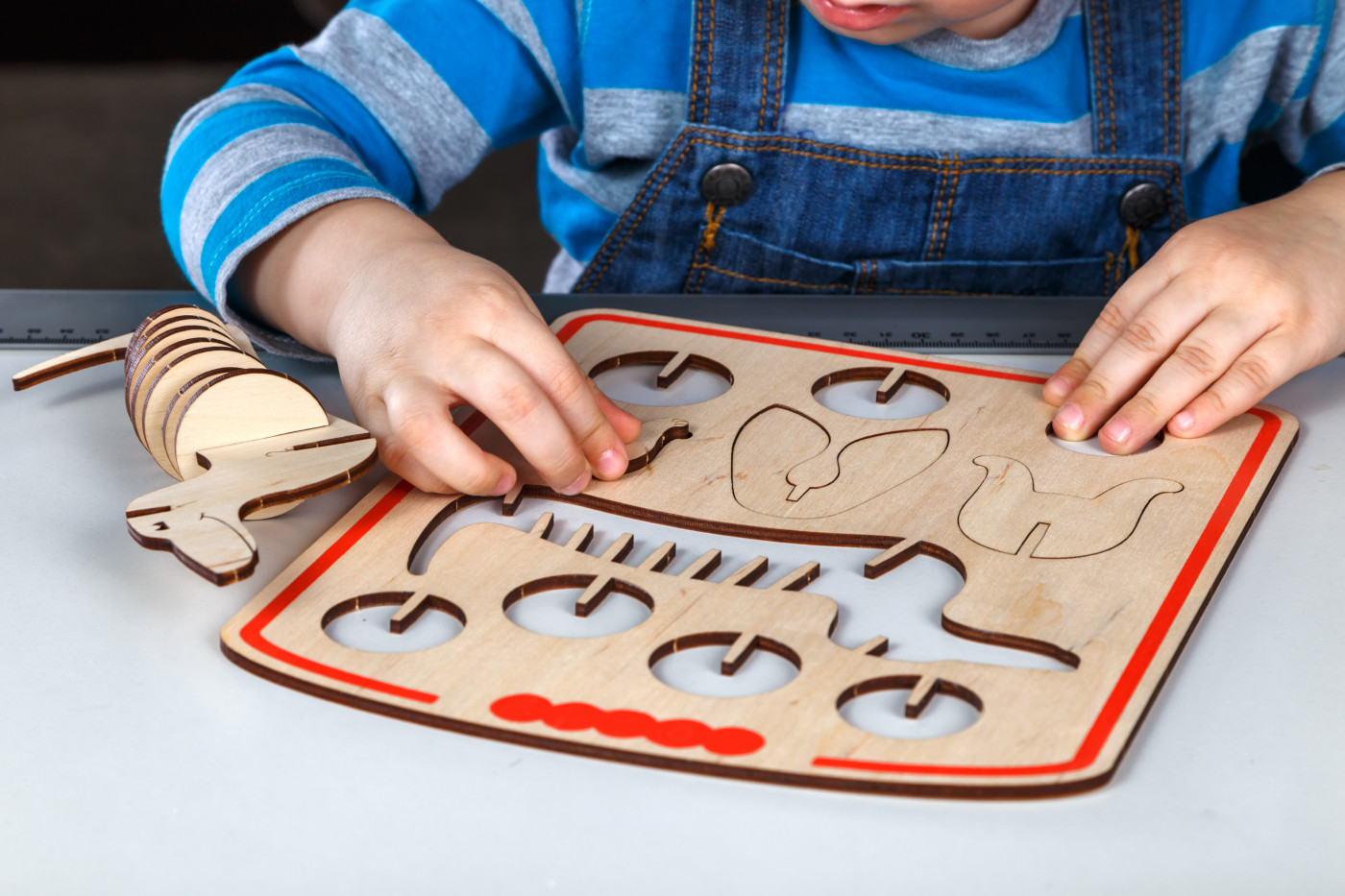Mild Hand Impairments in USCP Linked to White Matter Lesions, Study Says

Mild hand impairments in children with unilateral spastic cerebral palsy are linked to lesions in specific regions of the brain made up of white matter — myelinated nerve segments, or axons, that are responsible for the transmission of nerve signals between different areas of the brain, a study says.
The findings of the study, “Hand function in children with unilateral spastic cerebral palsy,” were published in Medicinski Glasnik.
Cerebral palsy (CP) comprises a group of neurological disorders that affect posture and restrict movement. These disorders are caused by brain lesions that occur in fetal development or infancy.
Unilateral spastic cerebral palsy (USCP), one of the most common forms of CP, is characterized by joint stiffness, spasms, and muscle tightness, or spasticity, on one side of the body.
To learn more, a team of researchers from the University of Sarajevo, Bosnia and Herzegovina, now investigated the relationship between brain lesions and hand dysfunction in young children with USCP.
“Hand dysfunction in children with USCP is a serious problem in their everyday activities. Understanding the association between hand dysfunction and brain lesions may assist in the development of novel upper limb rehabilitation strategies in children with USCP and promote early intervention to minimize motor dysfunction of an affected limb,” the researchers said.
The severity of hand dysfunction was determined in all children based on the Manual Ability Classification System (MACS), in which the highest categories — which range from 1 to 5 — correspond to the highest degree of hand impairments.
Brain lesions visible through magnetic resonance imaging (MRI), or computed tomography (CT) brain scans, were divided into five categories based on their location and type of injury. Those categories included:
- Brain maldevelopment, lesions arising from brain malformation
- Periventricular white matter lesions, lesions in the white matter surrounding the brain ventricles (cavities in the center of the brain that are filled with fluid)
- Cortical or subcortical gray matter lesions, lesions in the gray matter (areas made up of neuron cell bodies) of the cortex, or outer layer of the brain
- Non-specific lesions, lesions of an unknown cause
- Normal findings, no apparent lesions
The cross-sectional study involved a total 114 children with USCP — 77 boys and 37 girls — ages four or older, who were followed at the Pediatric Clinic in the University Clinical Center Sarajevo, between 2002 and 2018.
Among these children, 56 (49%) had impairments on the right side of the body, while 58 (51%) had impairments on the left side.
According to the MACS classification system, almost half of the children (42.9%) were able to handle objects easily (category 1). At the other end of the scale were 15.8% of the children, who were unable to handle objects on their own without help (category 5). The remaining children had intermediate-to-severe hand impairments, with 16.7% in category 2; 16.7% in category 3; and 7.9% in category 4.
Most of the children had undergone MRI scans (82.5%), while 15.8% had only CT scans performed. Two children (1.7%) had never undergone either CT or MRI scans.
Among those with only CT scans, almost half (44.4%) of the children had periventricular white matter lesions. That was followed by cortical or subcortical gray matter lesions in 33.3% of the children, and normal findings in 22.2%.
In assessing the children who had undergone MRI scans, the investigators found almost half (48.9%) had periventricular white matter lesions, and 29.8% had cortical or subcortical gray matter lesions. There were normal findings in 10.7% of the children. Researchers found brain maldevelopment in 8.5% of the children, and non-specific lesions in 2.1%.
Interestingly, among the 68 children who had been classified as having mild to moderate hand impairments (MACS category 1 or 2), 33 (59.7%) had periventricular white matter lesions.
“In conclusion, mild hand dysfunction in children with USCP has been significantly associated with periventricular white matter lesions in the brain, with no significant association between severe hand dysfunction and type of brain lesions,” the researchers said.
“Neuroradiological findings may help to predict the development of hand dysfunction in children with USCP,” they added.


